How to Create Hyper-Personalized Campaigns That Convert
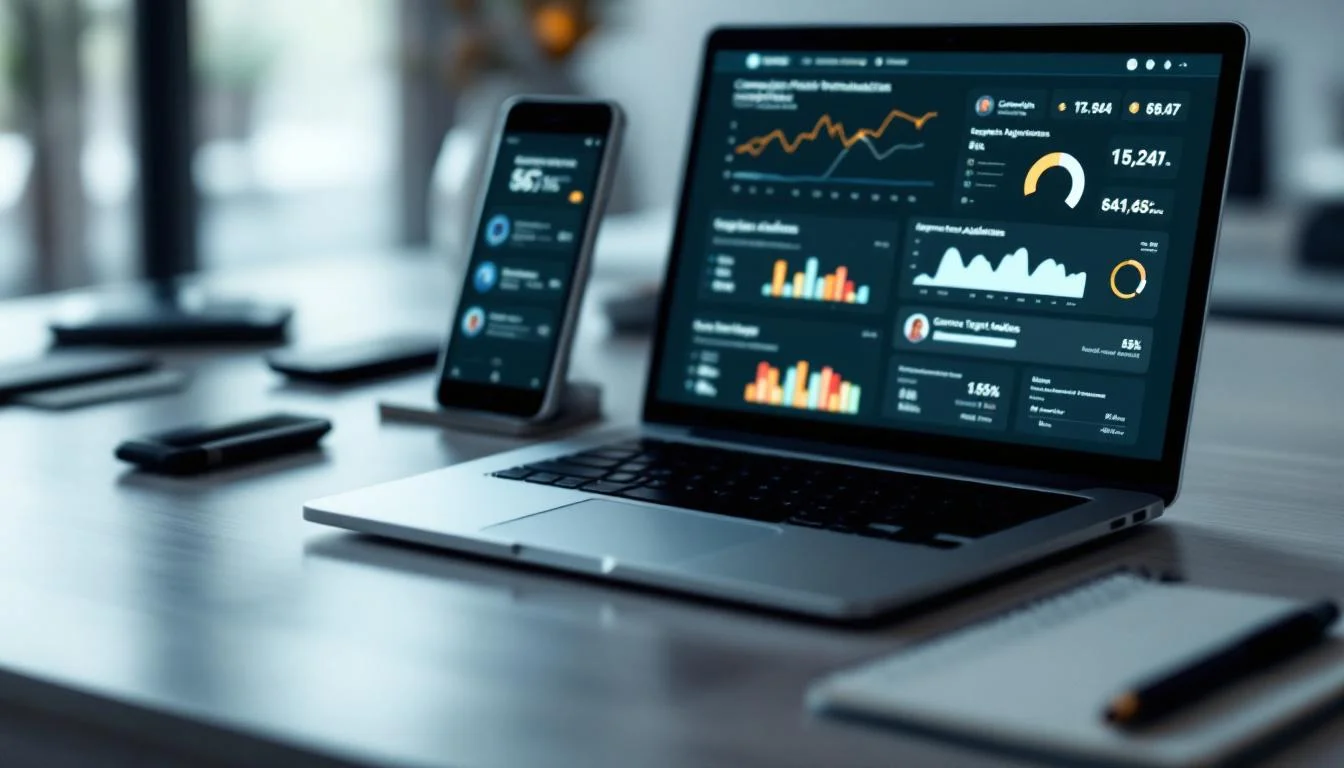
At Drop Cowboy, we’ve seen firsthand how campaign personalization can skyrocket conversion rates.
Hyper-personalization takes this concept to new heights, leveraging advanced data analysis and AI to create uniquely tailored experiences for each customer.
In this post, we’ll explore how you can implement hyper-personalized campaigns that not only engage your audience but also drive significant results for your business.
What Is Hyper-Personalization?
Beyond Basic Personalization
Hyper-personalization represents the cutting edge of marketing, elevating customization to unprecedented heights. Traditional personalization might include using a customer’s name in an email or recommending products based on past purchases. Hyper-personalization, however, takes a quantum leap forward.
This advanced approach harnesses real-time data, AI, and machine learning to craft highly targeted, context-aware experiences for each individual customer. Instead of simply recommending products, a hyper-personalized campaign might adjust pricing, offer timing, and even the tone of communication based on a customer’s current location, recent browsing history, and past interaction patterns with your brand.
The Power of Data-Driven Decisions
Data forms the cornerstone of effective hyper-personalization. We’re not just talking about basic demographic information here. The focus shifts to behavioral data, purchase history, social media activity, and even environmental factors like weather or local events.
A study by Epsilon highlights the impact of this approach: 80% of consumers are more likely to make a purchase when brands offer personalized experiences. This statistic underscores the critical importance of nailing personalization.
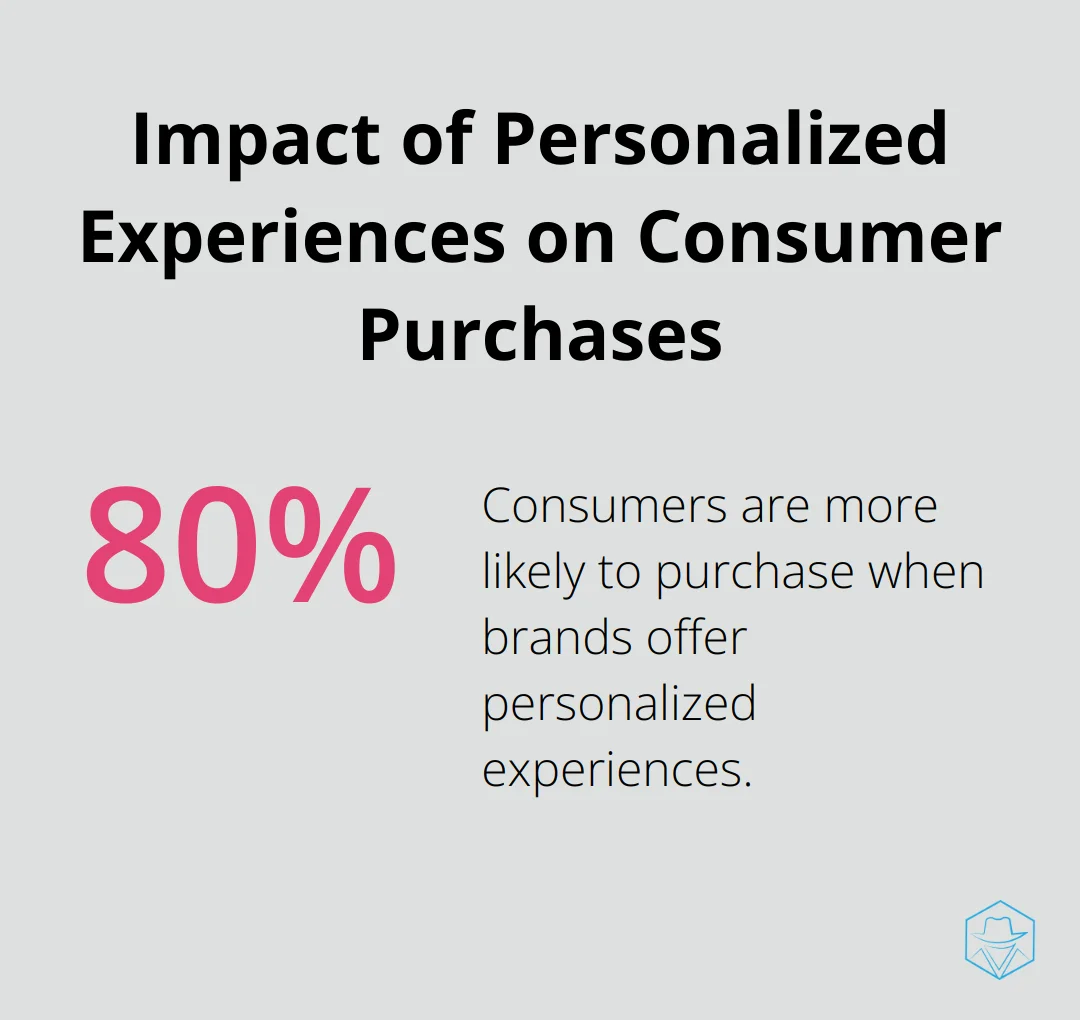
Real-World Impact on Conversion Rates
The benefits of hyper-personalization become crystal clear when you examine the numbers. According to a report by Monetate, companies using advanced personalization see a $20 return for every $1 spent (an ROI that’s hard to ignore).
In the e-commerce sector, businesses have witnessed significant improvements. For instance, one company saw a 35% increase in conversion rates after implementing a hyper-personalized follow-up strategy using advanced AI technology.
Challenges and Considerations
While hyper-personalization offers enormous potential, it’s not without its hurdles. Privacy concerns top the list, with a Pew Research Center study revealing that 79% of Americans worry about how companies use their data.
To address these concerns, transparency becomes paramount. Clear communication about data usage and easy opt-out options (which can actually increase engagement with your personalized campaigns) build trust with your customers.
Implementing Hyper-Personalization
To harness the power of hyper-personalization, businesses must invest in the right tools and technologies. This includes robust data analytics platforms, AI-powered recommendation engines, and dynamic content management systems.
The key lies in creating a seamless, omnichannel experience that adapts in real-time to each customer’s preferences and behaviors. As we move forward, let’s explore the essential elements that make up successful hyper-personalized campaigns and how you can implement them in your marketing strategy.
Crafting Hyper-Personalized Campaigns That Convert
The Power of Data
Effective hyper-personalized campaigns start with robust data collection and analysis. You need to gather behavioral data, purchase history, social media activity, and environmental factors (like weather or local events).
Start by auditing your current data collection methods. Do you capture customer interactions across all touchpoints? If not, implement customer data platforms (CDPs) or data management platforms (DMPs) to consolidate your data sources.
Advanced analytics tools uncover patterns and insights that inform your personalization strategy. You might discover that customers who browse your site on mobile devices during weekday evenings make more impulse purchases. This insight could lead to targeted mobile campaigns during those specific time windows.
Segmentation for Relevance
With your data in hand, the next step is effective customer segmentation. Today’s hyper-personalization demands micro-segmentation based on specific behaviors, preferences, and needs.
RFM (Recency, Frequency, Monetary) analysis segments customers based on their last purchase date, purchase frequency, and spending amount. Combine RFM with other data points like browsing behavior or customer service interactions to create highly specific segments for targeted campaigns.
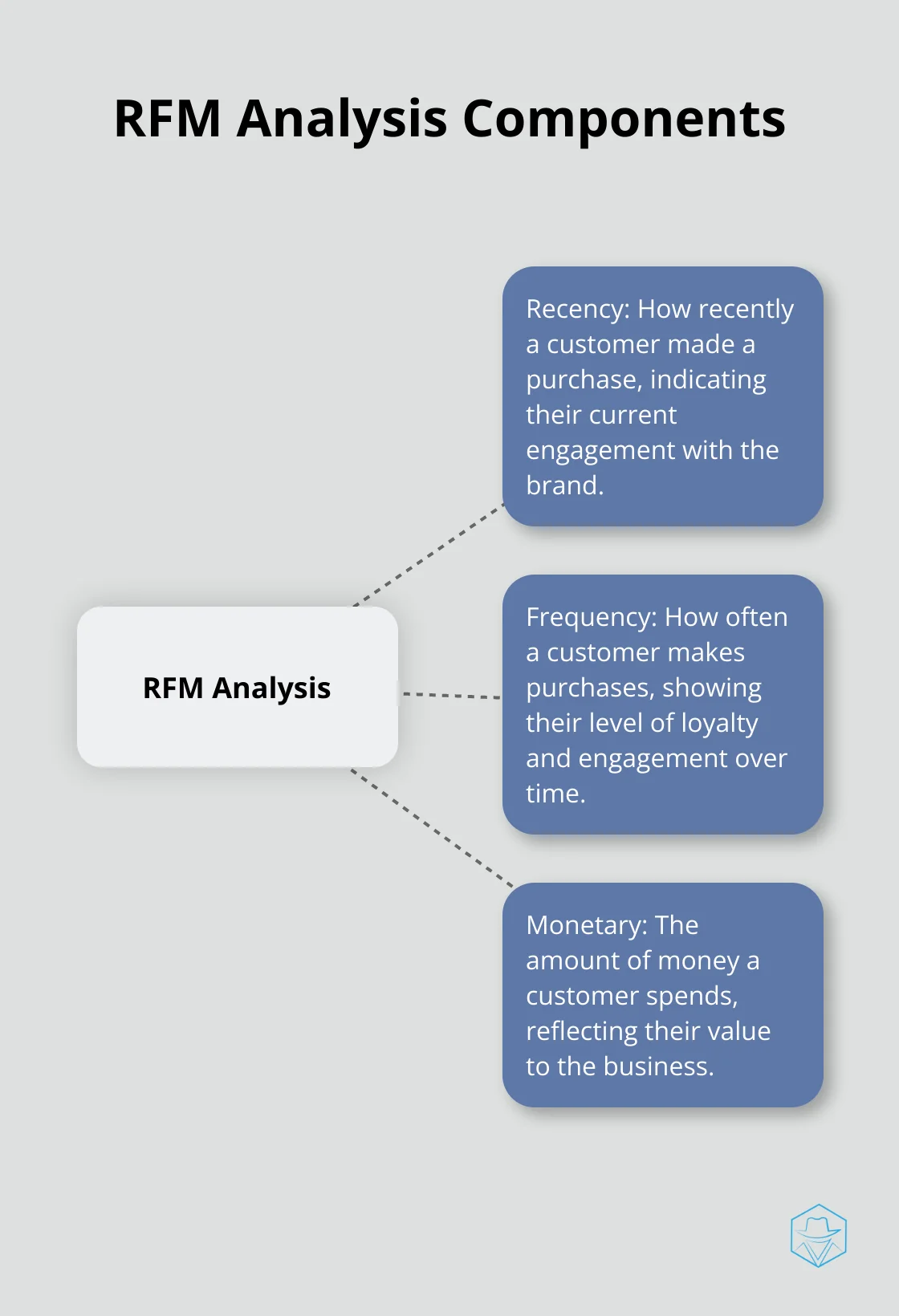
For example, you might identify a segment of high-value customers who frequently browse your premium product lines but haven’t made a purchase in the last 60 days. This group could receive a personalized offer on premium items.
Real-Time Personalization
The true power of hyper-personalization lies in its ability to adapt in real-time. This means adjusting your messaging, offers, and website content based on the user’s current context and behavior.
Behavioral triggers are automated responses to specific user actions. If a customer abandons their cart, you could trigger a personalized email reminder with a time-limited discount on the items they left behind.
Dynamic content insertion swaps out elements of your website or email content based on the user’s profile and behavior. A travel website might show different destination recommendations to a user based on their browsing history and past bookings.
AI and Machine Learning Integration
Artificial intelligence and machine learning revolutionize hyper-personalization. These technologies process vast amounts of data in real-time, making predictions and decisions that would be impossible for humans to manage at scale.
Predictive analytics (an application of AI in hyper-personalization) analyzes historical data to predict future customer behavior, allowing you to proactively tailor your marketing efforts. An AI system might predict which customers are at risk of churning, allowing you to target them with retention campaigns before they leave.
Machine learning algorithms continuously optimize your personalization efforts. They test different variations of content, offers, and timing to determine what works best for each customer segment, improving results over time.
Implementing Hyper-Personalization
To implement these key elements of hyper-personalization, you need to create a seamless, relevant experience for each customer. Focus on data, segmentation, real-time adaptation, and AI-driven insights to create campaigns that engage your audience and drive significant conversions.
The next chapter will explore the practical steps to implement hyper-personalization in your marketing strategy, including choosing the right tools and technologies to support your efforts.
How to Put Hyper-Personalization into Action
At Drop Cowboy, we’ve witnessed the transformative power of hyper-personalization in marketing strategies. Let’s explore the practical steps you can take to implement hyper-personalization in your business.
Selecting Your Tech Stack
The foundation of any hyper-personalization strategy is a robust technology stack. Start with a Customer Data Platform (CDP) to consolidate data from various sources. Segment and Tealium offer real-time data collection and integration capabilities.

Next, you’ll need a marketing automation platform. Marketo and HubSpot provide advanced segmentation and campaign management tools. For AI-driven personalization, consider platforms like Dynamic Yield or Optimizely, which offer machine learning algorithms for content and offer optimization.
Don’t overlook analytics. Google Analytics 4 provides powerful insights, but for deeper analysis, tools like Mixpanel or Amplitude can uncover nuanced behavioral patterns.
Crafting Dynamic Content
With your tech stack in place, create content that adapts to your audience. Map out customer journeys for each of your key segments. Identify critical touchpoints where personalized content can make the biggest impact.
Use dynamic content blocks in your emails and on your website. These blocks can change based on user attributes or behaviors. For example, a clothing retailer might show different homepage banners based on the user’s browsing history or past purchases.
Leverage AI-powered copywriting tools to generate personalized product descriptions or email subject lines at scale. While human oversight is essential, these tools can significantly speed up the content creation process.
Multi-Channel Personalization
Effective hyper-personalization extends across all customer touchpoints. Ensure your personalization efforts are consistent across email, website, mobile apps, and even offline channels (like direct mail or in-store experiences).
Use retargeting ads that showcase products a customer has viewed but not purchased. Personalize push notifications based on app usage patterns. If you use SMS marketing, tailor message timing and content to individual preferences.
For B2B companies, personalize your sales outreach. Use tools like Clearbit to enrich your CRM data and tailor your sales pitches to each prospect’s industry, company size, and potential pain points.
Continuous Testing and Optimization
Hyper-personalization requires ongoing testing and refinement. Implement A/B testing across all your personalized elements. Test everything from email subject lines to the timing of push notifications.
Use multivariate testing to optimize your website’s personalized elements. Tools like Optimizely allow you to test multiple variations simultaneously, helping you find the winning combination faster.
Monitor key metrics closely. Look beyond surface-level engagement metrics like click-through rates. Focus on metrics that directly impact your bottom line, such as conversion rate, average order value, and customer lifetime value.
Set up regular review cycles to analyze your personalization efforts. Use these insights to refine your segmentation, adjust your content strategy, and fine-tune your algorithms.
Marketing automation allows you to create personalized experiences at scale, using customer data to send targeted product recommendations and offers. This approach, combined with AI-driven customer engagement, is shaping the future of hyper-personalized campaigns that convert.
Final Thoughts
Hyper-personalization revolutionizes modern marketing, offering unparalleled benefits for businesses. Advanced data analytics, AI, and machine learning create highly targeted experiences that resonate with individual customers on a deeper level. The results are clear: increased engagement, higher conversion rates, and improved customer lifetime value.
The future of personalized marketing promises even more sophisticated AI-driven approaches. Predictive analytics will play a larger role in anticipating customer needs, while voice-activated personalization and augmented reality experiences will deliver more immersive interactions. These advancements will further enhance the effectiveness of campaign personalization strategies.
Drop Cowboy offers innovative solutions to enhance your marketing efforts through advanced communication technologies. Our platform combines ringless voicemail, SMS integration, and AI-powered voice cloning to create personalized messages that truly resonate with your audience. Try our tools to take your hyper-personalization efforts to new heights and drive meaningful results for your business.
blog-dropcowboy-com
Related posts

April 4, 2025
Marketing Automation Example: Boosting Conversions
Boost conversions with a marketing automation example that highlights practical tips, tools, and real-world data for enhanced lead generation.
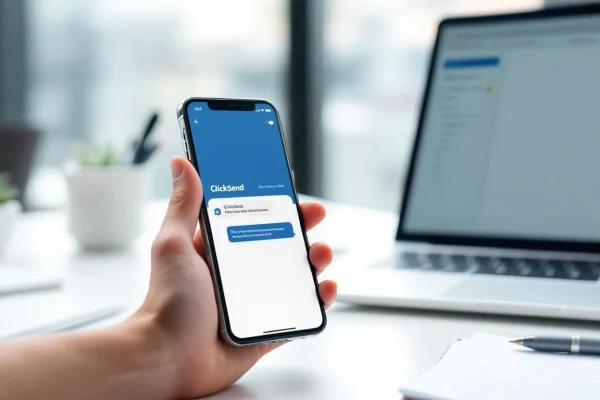
June 27, 2025
How to Use ClickSend SMS for Effective Communication
Boost communication efficiency with ClickSend SMS. Explore best tips and practical strategies to improve your messaging impact instantly.

April 14, 2025
Shopify Email Contact: Best Practices for Customer Support
Boost customer support with Shopify email contact best practices for happier, loyal clients while enhancing communication and response efficiency.

May 9, 2025
Boost Lead Generation with Marketing Automation
Boost lead generation with marketing automation to enhance your sales funnel efficiency and maximize outreach with proven strategies.

July 20, 2025
Understanding iPaaS Architecture and Its Components
Explore iPaaS architecture essentials, components, and how it improves business efficiency in our comprehensive breakdown.
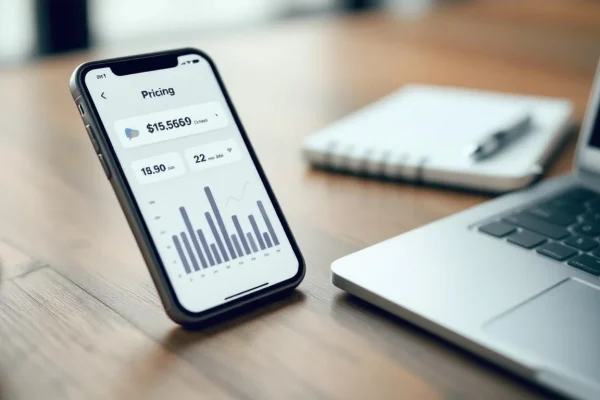
June 13, 2025
Infobip SMS Pricing: What You Need to Know
Understand Infobip SMS pricing, factors affecting costs, and optimize your messaging strategy for effective communication and cost management.